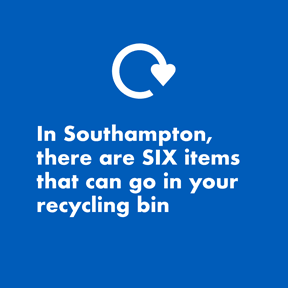Fabricated or induced illness
Fabricated or induced illness (FII) is situation where a child or young person (or a vulnerable adult) is made ill by the deliberate action of their main carer, who claims another cause. Although this is a relatively rare form of abuse, it can be lethal.
These are the main ways illness might be fabricated or induced:
- Fabrication of signs and symptoms. This may include fabrication of medical history
- Exaggeration of symptoms
- Falsification of records, letters, documents, hospital charts and/or specimens of bodily fluids
- Induction of illness. This may be relatively harmless or immediately life threatening
How can FII be spotted?
Fabricated or induced illness can be difficult to spot. The following potential warning signs should be carefully reviewed to first rule out other explanations.
- Reported symptoms and signs found during examination can not be explained by any medical condition
- A physical examination and results of medical tests do not explain reported signs and symptoms
- There is an unexplained poor response to prescribed treatment and medication
- New symptoms are reported as soon as previous symptoms are resolved
- Reported symptoms are not observed when the carer is absent
- Over a longer period, the child or young person is presented with a range of symptoms to different professionals in different settings
- The child or young person's daily life is being unnecessarily affected/reduced beyond what you would expect for the reported illness
What should practitioners do?
If you have concerns about a child’s health, you should discuss it with the child’s GP or the consultant paediatrician responsible for the child’s care. The paediatric consultant is the lead health professional, giving them lead responsibility for all decisions for to the child’s health care. If there is no paediatrician involved in the child’s care then the GP should refer to a paediatrician.
Any concerns about a situation being indicative of FII should be discussed with your own agency safeguarding lead. Health agencies should also consult the Designated Health Professional. If there is not a safeguarding lead available within your agency, you should contact Children’s Resource Service.
Unlike when contacting Children’s Resource Service in other circumstances, concerns about FII should not be discussed with the family. You should not seek consent to share information until a strategy discussion has taken place and it is agreed that seeking consent will not place the child at increased risk of significant harm. Parents should be kept up-to-date with any further medical assessments, investigations or tests. However, at no time should concerns about the reasons for the child’s signs and symptoms be shared with parents if this information would jeopardise the child’s safety and compromise the child protection process and/or any criminal investigation.
A strategy discussion led by Children’s Resource Service including at a minimum the Police, CSWS and the Consultant Paediatrician responsible for the child’s care should take place to agree if a Section 47 Child Protection enquiry under the Children Act 1989 is required. If so, a plan of action will be developed and this will include when and how the parent/carer will be advised of the concerns in order that the child can be appropriately safeguarded.
If you believe a child is at immediate risk of harm, you should call 999 immediately.


